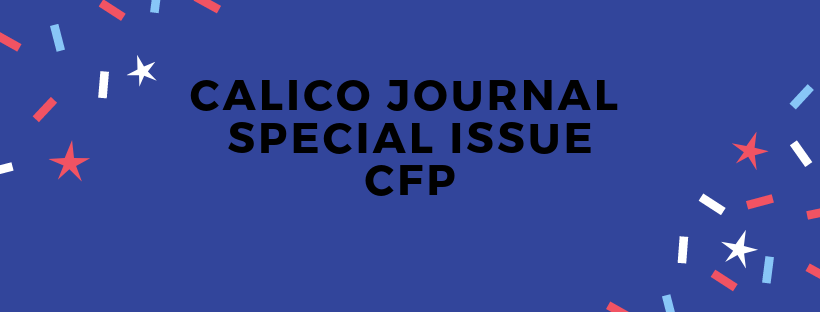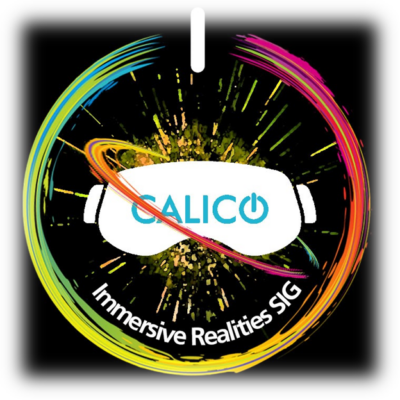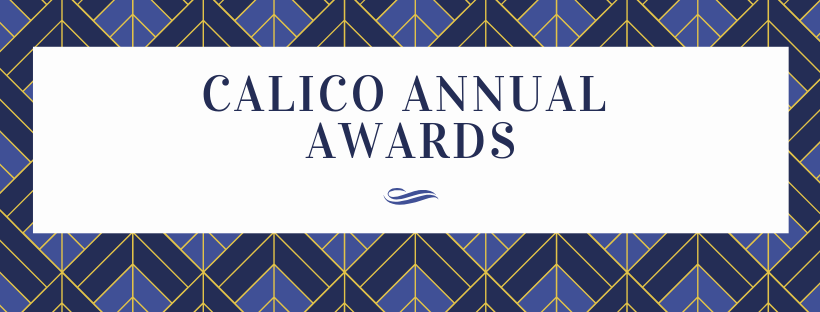
CALICO Journal 43:1, Special Issue Call for Papers
Special Issue Title: Inclusion & Diversity in CALL,
CALICO Journal 43.1 (February, 2026)
Co-editors: Carolyn Blume (TU Dortmund), Jules Buendgens-Kosten (Goethe University Frankfurt), Peter Schildhauer (Bielefeld University)
In theory, digitalization offers new opportunities to meet learners’ needs. This is especially true for those learners whose needs are considered atypical or who are at risk of educational exclusion due to marginalization or as a result of systemic barriers that interfere with participation. The potential role of computer-assisted language learning (CALL) is particularly important, given the centrality of digital media and mediatization to contemporary communication, language learning, and inclusion (Alper & Irons 2020; Blume & Bündgens-Kosten 2023; Reinhardt & Thorne 2017; Sauro & Zourou 2019). However, while an increasing number of conceptual proposals and practical recommendations address the potential of CALL to mediate inclusion, only a small proportion of these initiatives have been empirically assessed (Belda-Medina 2022; Kasch 2020; Ralston 2016). Advancements have been made since Hockly’s 2016 lament regarding the lack of “rigorous research studies” (p. 335), but analyses at the nexus of diversity and CALL – especially as regards disabilities beyond sensory and motor disabilities, and languages besides spoken English – remain rare. The available research, for example, regarding individual learner differences and CALL focuses primarily on universal factors contributing to learner heterogeneity in language learning, such as age, socioeconomic status, or aptitude (Dausend & Nickel 2017; Puebla et al. 2022). Other research that examines inclusive education via and with digital media generally does not consider additional or foreign language learning (e.g., Holz et al. 2023; Ikeshita-Yamazoe & Miyao 2014; Ringland 2019). As such, the growing research base does not, as yet, do justice to the complexity of diversity among disabled or marginalized language learners in CALL environments. This also applies to the complex, intersecting ways in which learners who may be seen as atypical or who are threatened by educational discrimination due to aspects of their identity are ill-served. This special issue seeks contributions that address these issues.
The role of digital media and tools stretches far beyond that of a potentially compensatory or additive element for inclusive language learning. Rather, digitalization can be understood as a process of mediatization, in which existing communicative practices and social processes are modified by new interactive means and forms (cf. Hepp 2020). The resulting culture of digitality (Stalder 2018) is marked by new forms of community building (cf. Jenkins 2009), (re-)mixing and sharing digital artifacts, as well as algorithmicity. Digital genres and semiotic modes used for creating meaning and forming identity are increasingly diversified. The New London Group’s (1996) call for a “pedagogy of multiliteracies” in response to these changes needs to be further examined in relation to its implications for a wide range of learners (source: Schildhauer et al. 2020).
There are many ways that digital media, tools, and practices for language learning can accommodate learners who have physical or sensorial preferences, who are neurodivergent or who experience chronic illness. Some of these tools, applications, and activities are designed especially for specific groups of these learners, while others might achieve usefulness through universal design, similar accessibility-focused perspectives, or even incidentally. Hockly (2016) points to several studies that illustrate how “everyday technologies,” such as multimedia texts, voice recording apps, and individualized systems can support language learning for disabled English language learners in TESOL contexts. Such developments can theoretically lead to improved CALL for all, as a wider variety of individual needs among diverse learners drives didactic and technological advancement and adaptivity. However, much remains to be done.
This thematic issue seeks contributions that will contribute to our understanding of how digital tools and digital communication practices can facilitate inclusive language learning in different contexts. Possible topics include, but are not limited to:
- Evaluations of existing CALL tools and materials with a focus on the target groups outlined above
- Analyses of existing barriers in CALL
- Conceptual and empirical work related to CALL and different dimensions of heterogeneity (including, but not limited to, physical or sensorial differences, neurodiversity, cognitive ability, chronic illness, language modality)
- Conceptual and empirical work related to language educators and their perspectives, needs as well as necessary competences regarding the implementation of CALL in the target groups outlined above
Please send initial expressions of interest and/or queries to the following email addresses: carolyn.blume@tu-dortmund.de, buendgens-kosten@em.uni-frankfurt.de and peter.schildhauer@uni-bielefeld.de.
Timeline
May 15th, 2024: Initial expressions of interest/proposals of no more than 750 words. This proposal should address the theoretical framework employed, justification for the study, research questions, methodology, findings (where available), and implications for future research or pedagogy. For theoretical pieces, ensure the proposal includes a clearly articulated problem and a proposed solution.
August 30th, 2024: Invitation for full manuscripts of no more than 8,500 words including abstract and references (Please note that an invitation to submit a full-length manuscript does not guarantee publication in the special issue).
Dec. 1st, 2024: Full manuscript due to editors
Dec. 15th, 2024: Anonymized manuscripts sent to at least two external reviewers
March 1st, 2025: Round one peer review due to editors
June 1st, 2025: Revised drafts due to editors
August 15th, 2025: Final revised manuscripts due
February 2026: Special issue publication
References
Alper, M., & Irons, M. (2020). Digital socialising in children on the autism spectrum. In L. Green, D. Holloway, K. Stevenson, T. Leaver, & L. Haddon (Eds.), The Routledge companion to digital media and children (pp. 348–357). Routledge. https://doi.org/10.4324/9781351004107-33
Belda-Medina, J. (2022). Promoting inclusiveness, creativity and critical thinking through digital storytelling among EFL teacher candidates. International Journal of Inclusive Education, 26(2), 109–123. https://doi.org/10.1080/13603116.2021.2011440
Blume, C., & Bündgens-Kosten, J. (2023). The role of digitality for neurodivergent English language learners: Agency and well-being within and outside the ELT classroom.AAA: Arbeiten aus Anglistik und Amerikanistik/Agenda: Advancing Anglophone Studies, 48(2), 211–235. https://doi.org/10.24053/AAA-2023-0012
Dausend, H. & Nickel, S. (2017). Tap’n’Talk – Differenzierte Förderung von Sprachproduktionen durch tabletgestützte Lernaufgaben. In S. Chilla & K. Vogt (Eds.), Heterogenität und Diversität im Englischunterricht. Fachdidaktische Perspektiven (pp. 179-203). Peter Lang.
Hepp, A. (2020). Deep mediatization. Routledge.
Hockly, N. (2016). Special educational needs and technology in language learning. ELT Journal, 70(3), 332–338. https://doi.org/10.1093/elt/ccw033
Holz, H., Ninaus, M., Schwerter, J., Parrisius, C., Beuttler, B., Brandelik, K., & Meurers, D. (2023). A digital game-based training improves spelling in German primary school children: A randomized controlled field trial. Learning and Instruction, 87, 101771. https://doi.org/10.1016/j.learninstruc.2023.101771
Ikeshita-Yamazoe, H., & Miyao, M. (2014). A visual training tool for teaching kanji to children with developmental dyslexia. Computer Assisted Language Learning, 29(1), 88–102. https://doi.org/10.1080/09588221.2014.889716
Jenkins, H. (2009). Confronting the challenges of participatory culture: Media education for the 21st century. The MIT Press.
Kasch, H. (2020). Innovative inclusive educational technology in language classrooms and learner perspectives: A study of nine learner narratives. In A. L. Brooks, E. I. Brooks, O. Akan, P. Bellavista, J. Cao, G. Coulson, F. Dressler, D. Ferrari, M. Gerla, H. Kobayashi, S. Palazzo, S. Sahni, X. (S.) Shen, M. Stan, X. Jia, & A. Y. Zomaya (Eds.), 8th EAI International Conference, ArtsIT 2019, and 4th EAI International Conference, DLI 2019, Aalborg, Denmark, November 6–8, 2019, Proceedings (pp. 660–670). Springer International Publishing. https://doi.org/10.1007/978-3-030-53294-9_50
New London Group. (1996). A pedagogy of multiliteracies: Designing social futures. Harvard Educational Review, 66(1), 60–93.
Puebla, C., Fievet, T., Tsopanidi, M., & Clahsen, H. (2022). Mobile-assisted language learning in older adults: Chances and challenges. ReCALL, 34(2), 169-184. https://doi.org/10.1017/S0958344021000276
Ralston, K. K. (2016). Autism and English in Iceland: Are young Icelanders with autism spectrum disorders using English differently than their peers? [MA Thesis]. Háskóli Íslands, Iceland. https://skemman.is/bitstream/1946/25931/1/MA%20ritger%c3%b0%20complete.pdf
Reinhardt, J., & Thorne, S. L. (2017). Language socialization in digital contexts. In P. A. Duff & S. May (Eds.), Language socialization: Encyclopedia of language and education (pp. 1–13). Springer International Publishing. https://doi.org/10.1007/978-3-319-02327-4_27-1
Ringland, K. E. (2019). “Autsome”: Fostering an autistic identity in an online Minecraft community for youth with autism. In N. G. Taylor, C. Christian-Lamb, M. H. Martin, & B. Nardi (Eds.), Information in contemporary society (pp. 132–146). Springer International Publishing.
Sauro, S., & Zourou, K. (2019). What are the digital wilds? Language Learning & Technology, 23(1), 1–7.
Schildhauer, P., Sauer, J., & Schröder, A. (2020). Standards – margins – new horizons: Editorial. PraxisForschungLehrer*innenBildung. Zeitschrift für Schul- und Professionsentwicklung. (PFLB), 2(4), V-XII. https://doi.org/10.4119/pflb-3534
Stalder, F. (2018). The digital condition (V. A. Pakis, Trans.). Polity Press.





